Let us play a quick word association game. I will give you a word and I would like you to think of the photograph. I believe there is a particularly good chance that I know the image that will come to your mind. Here we go: 1 – Earth, 2 – on the Moon, 3 – Jupiter, 4 – the Universe, and 5 – Nebula.
When you think of Earth, I think you see a picture resembling astronaut William Anders’s image Earthrise. For the moon, you probably see Neil Armstrong’s photograph of Buzz Aldrin with Armstrong and the lunar module reflected in his visor. I am confident that you see Jupiter as a sphere with the big red splodge of the seemingly eternal storm. For the Universe, I am guessing that it is one of Hubble’s images of thousands upon thousands of galaxies. Nebula is a bit more difficult, but for me, it is The Pillars of Creation, part of the Eagle Nebula and this article’s banner image. Sharp eyed Star Trek fans might recall that this image was on display in the astrometrics lab in Star Trek: Voyager. What is important here, and what I want to focus on today, is that these images come to us through one of the more remarkable uses of photography.
Whilst space exploration is a global endeavour, the USA has always been at the centre of it. This is because of an American institution that, to me, has always represented what is best of the country: NASA. This is not to say that it is perfect. For example, the story of the Challenger disaster does not show the organisation in the best light. However, it, and other organisations like the ESA, continue to go out and explore the galaxy, and by doing so they have brought the Cosmos to us and showed us our tiny place in the universe.
My own “journey” through the Cosmos was accompanied, like so many others of a certain age, by the eloquent words of the late Professor of Astronomy, Carl Sagan. It is his words that have provided the title of the article. He wrote, “Lost somewhere between immensity and eternity is our tiny planetary home.” It is such a perfect phrase. Being a rather sentimental sort, I must admit that whenever I watch the opening moments of the television series Cosmos, I get a goose bumps when he recites these words. However, this response is nothing compared to how the words Sagan wrote about our next image, for which he was responsible for creating, make me feel.
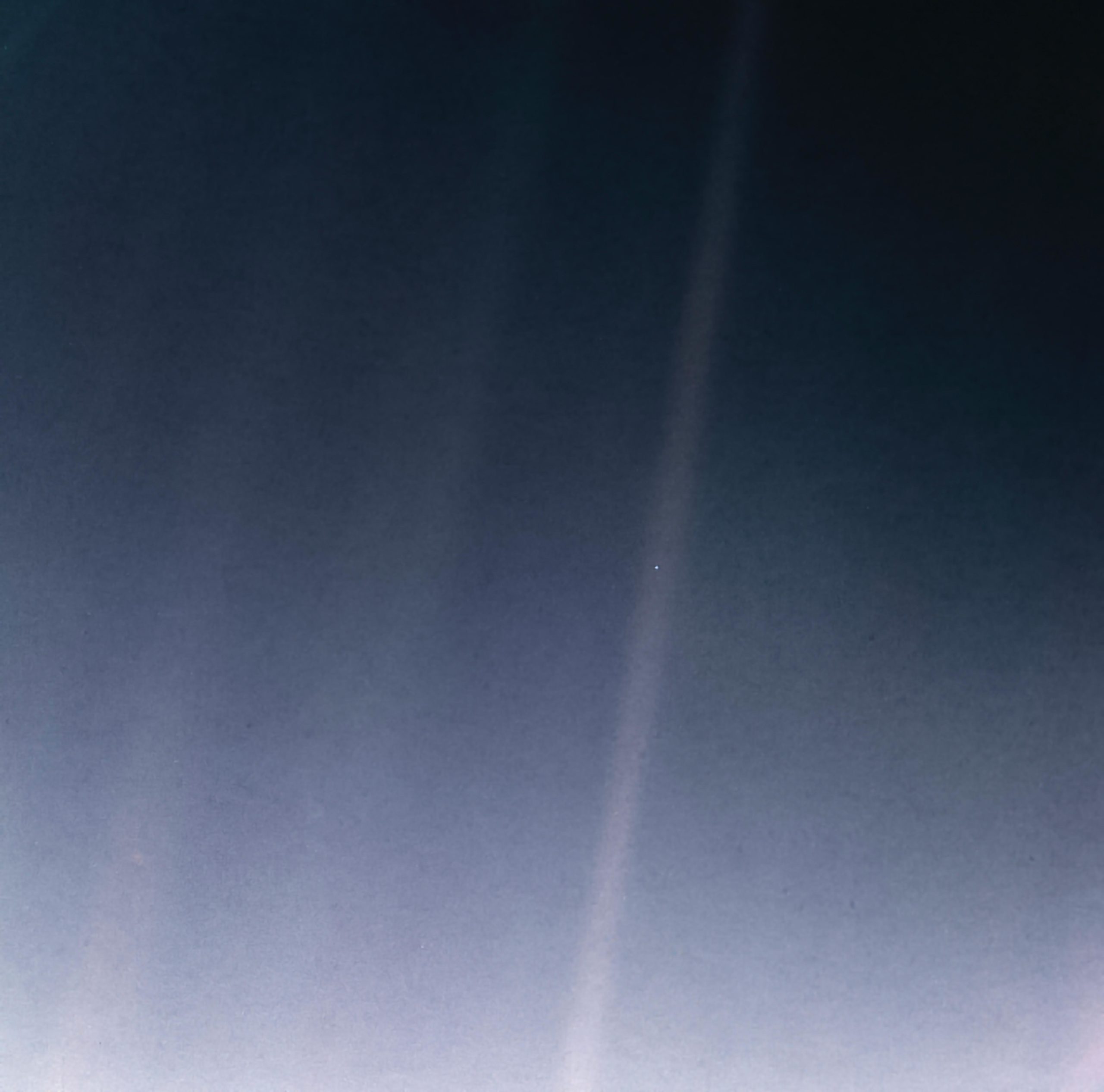
Sagan worked as part of the imaging team for the Voyager missions and after Voyager 1 had completed its primary mission objectives, he asked for the probe’s camera to be turned towards the Earth for a photograph. The image above, reprocessed with modern software in 2020 to commemorate its 30th anniversary, is the picture that was made. The tiny pale blue dot is our planet, seemingly no bigger than a pinhead.
It is an image that astounds me. Even when compared to the mind-boggling array of extraordinary pictures from the Hubble Space Telescope, this is still the most meaningful of all. No photograph informs us of our insignificance among the majesty of the universe more effectively. In his book, appropriately titled Pale Blue Dot: A Vision of the Human Future in Space, Sagan wrote that the Earth is “a mote of dust suspended in a sunbeam”. To my mind, the entire passage features some of the most humbling, inspiring, and beautiful words ever written about a photograph. For those interested, there are multiple videos on YouTube where Sagan reads them aloud, and many can be recommended (1). It may seem that I am given to hyperbole in my discussion of this picture, but I can assure you that my feelings for his words and the picture are genuine. In my groom’s speech at my wedding, I told my wife that there was nobody I would rather spend my time on this Pale Blue Dot with than her. My wife, far less given to soppiness than me, is still slightly nauseated by this after almost eleven years of marriage!
Perhaps I am giving too much time to my own romanticism and admiration of Sagan because there is so much more to see in a photographic tour of the heavens, and so many of these great images come from the Hubble Space Telescope. For instance, Jupiter looks remarkable in photographs.
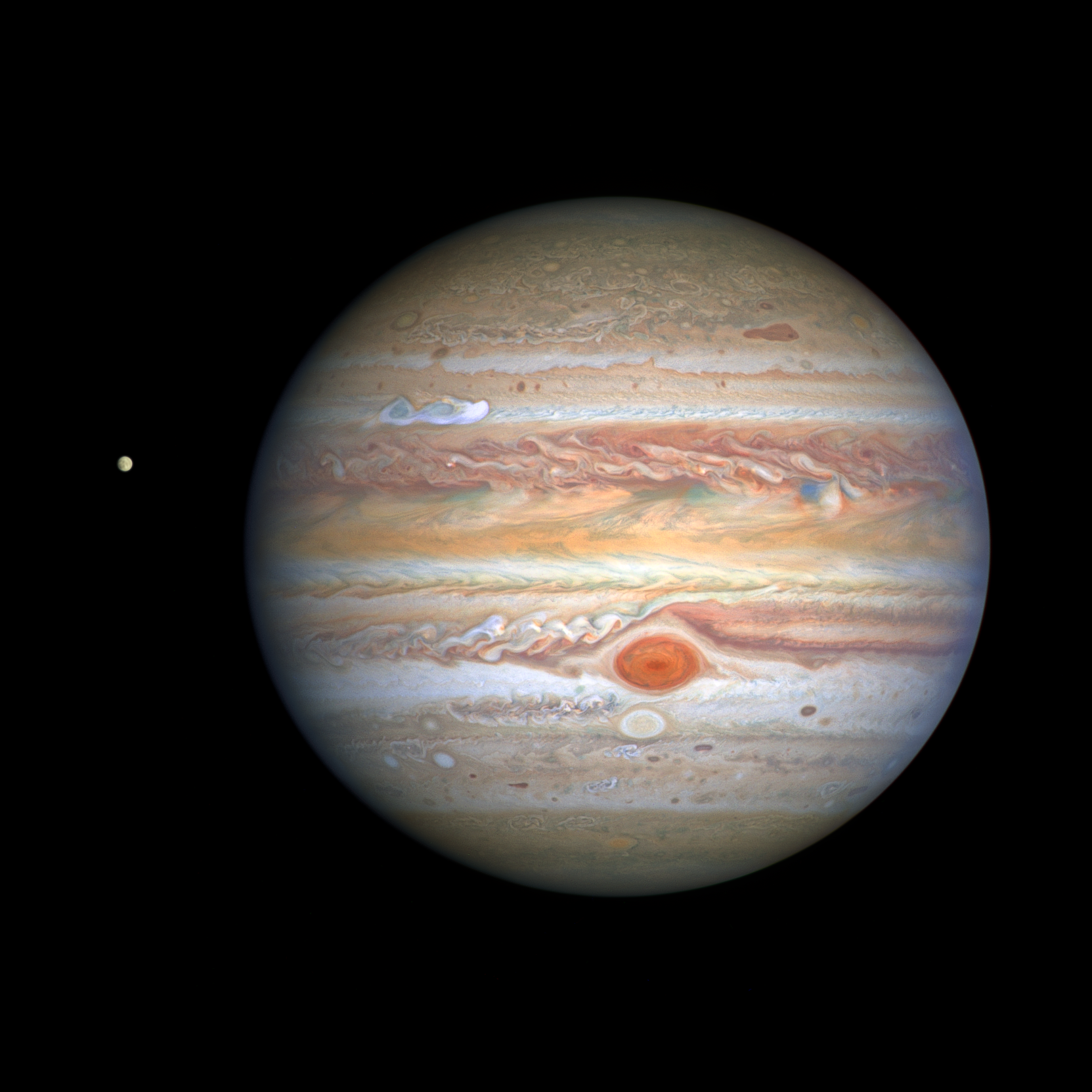
This image, which I am sure resembles what you thought of when we played our word game, is a classic photograph of the great gas giant and gives us some idea of the immense scale of the planet. Jupiter’s great red storm, which seems to resemble the eye of Sauron, has a larger diameter than the Earth. What creates extra interest in this particular photograph is that it also features the moon of Europa. Europa, slightly smaller than our own moon, was discovered by Galileo himself. One wonders how the astronomer would have felt if he could have seen this view. Equally, one can only speculate what his persecutors in the Inquisition would have made of it.
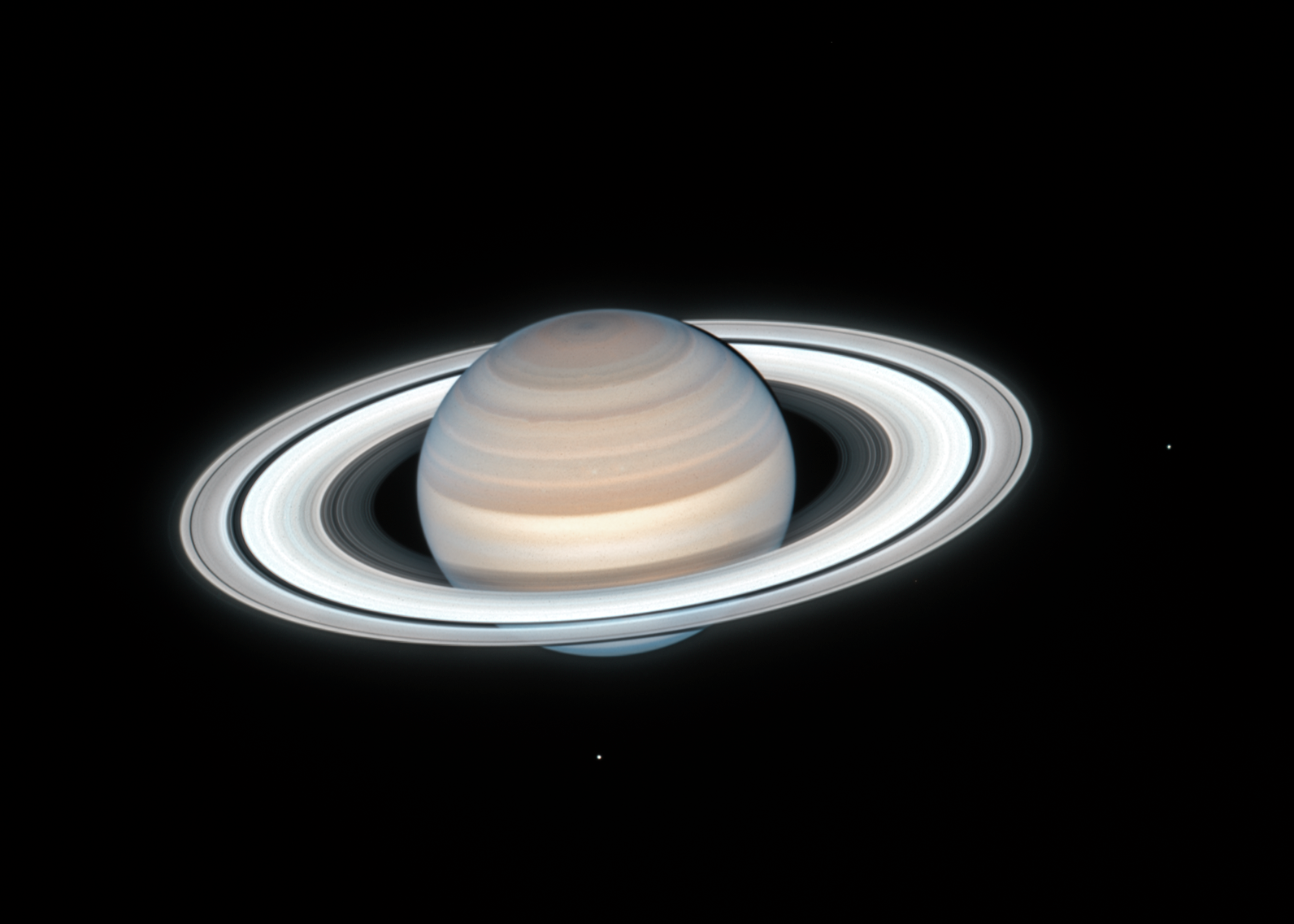
Hubble also gave us this quintessential view of Saturn, its rings, and two moons. In my opinion, Saturn is, after Earth, the most beautiful of all the planets. This is undoubtedly because of its rings. I freely but sadly admit to knowing next to nothing about either astronomy or cosmology, but when I see images such as this I desperately want to know more. I want to understand the how and why of the universe. That photography can bring outer space to us is unquestionably one of its greatest gifts.
In my opinion, as magnificent as the three Hubble images above are, they do not match the Pale Blue Dot for profundity. However, there is one Hubble photograph which does accomplish this. It is the image that you may have imagined when playing our word association game. It is the picture that comes to my mind when I try the impossible task of imagining the universe itself. It is the Hubble’s Ultra Deep Field.
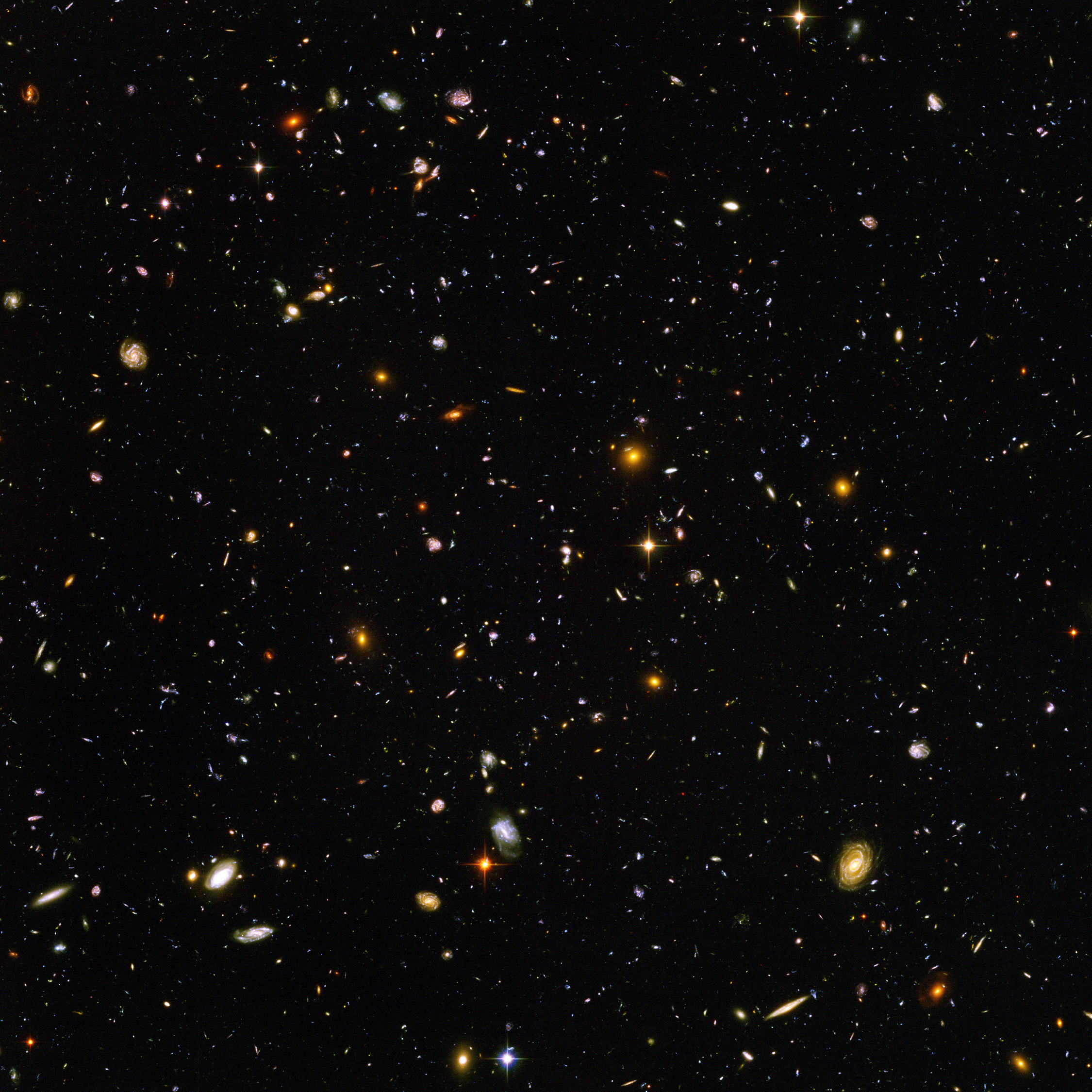
No photograph illustrates the “immensity and eternity” of the Universe more profoundly than this one. It shows only a tiny portion of the night’s sky but contained here are around 10,000 celestial objects. A considerable proportion of these are galaxies ancient and new. Any misapprehension about our importance in the universe’s grand scheme is entirely put to rest by what we witness here. Whether there is life beyond Earth is still a question we are yet to answer, but looking upon this, I cannot help but suspect that the Universe is teeming with life. There is just so much opportunity. It may be lonely here on Earth, but I very much doubt that we are alone.
Spending time with these and many other images from the NASA, Hubble, and ESA collections has been awe-inspiring. What is so remarkable about the collections is that they are free from copyright. They are placed there for all of us. Understanding and not commercialism is at the heart of these endeavours, and for that, I am incredibly grateful.
There can be no doubt that there will be more to see in the future. We can only wonder at what images future missions into space will bring us, and what the generations to come will enjoy. I must admit that when I look at these pictures, the prospect of missing out on the future’s greatest discoveries fills me with melancholy. After all, Sagan himself has already been gone for twenty-four years. Within the twinkling of a star, every single one of us alive now will be nothing more than a memory. How to counter these feelings? I think only an episode of Star Trek will do. The only question is – which series (2)?
(1) This version is particularly good.
(2) For the interested reader, the current answer is Star Trek: Enterprise.



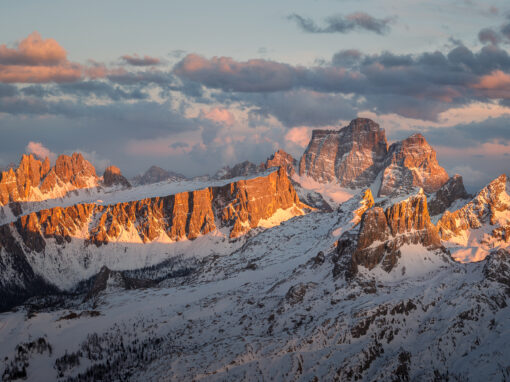
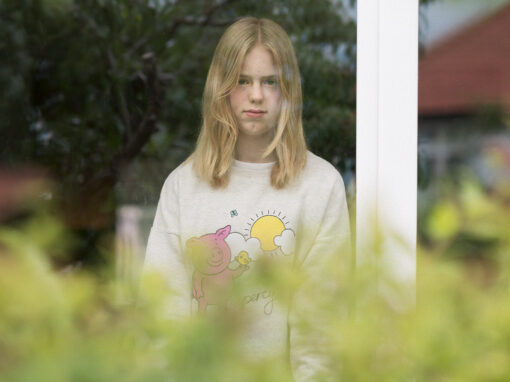
Leo Germano
March 15, 2021 at 07:16
Lovely, Thank you!
Robert Wilson
March 17, 2021 at 22:39
My pleasure!